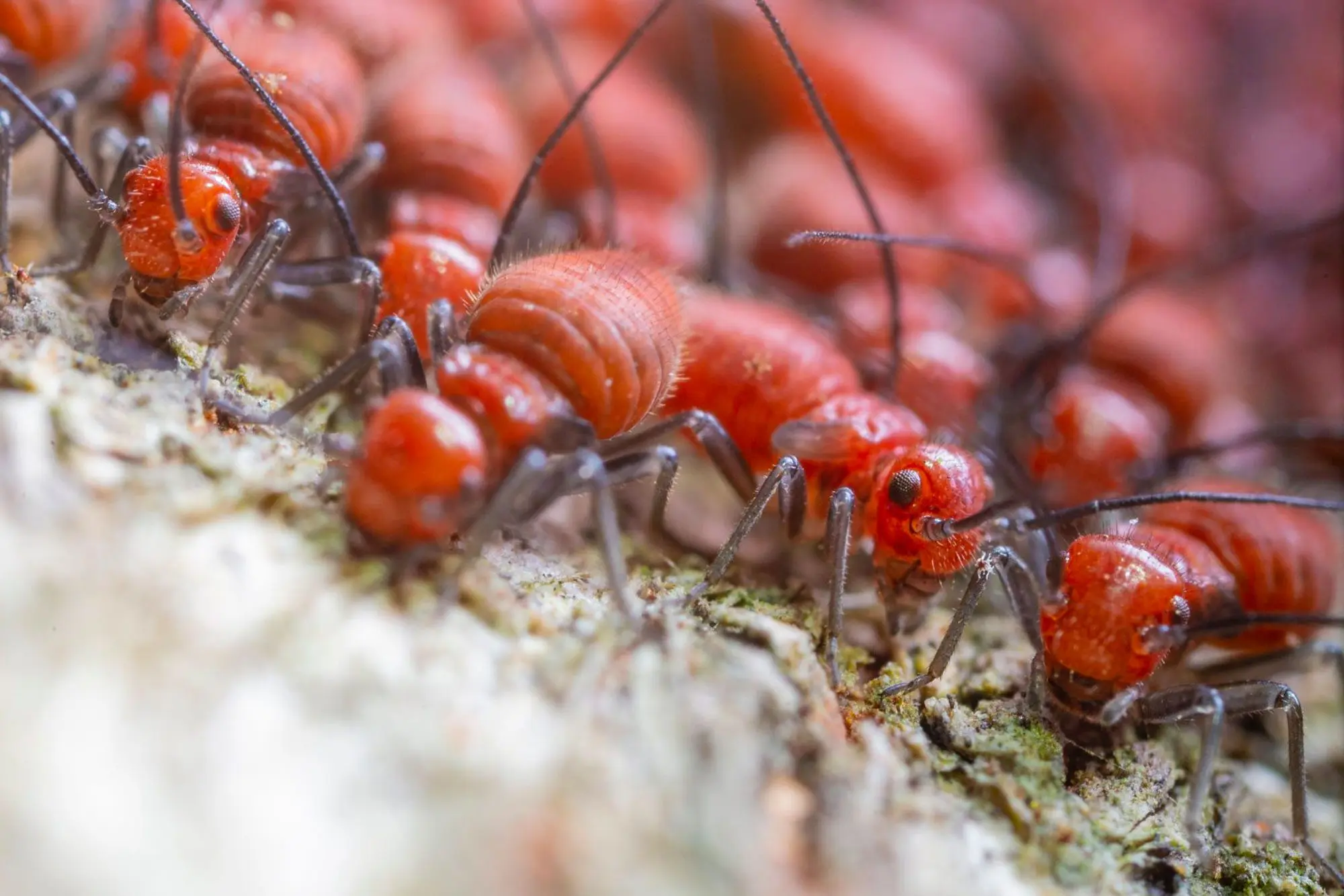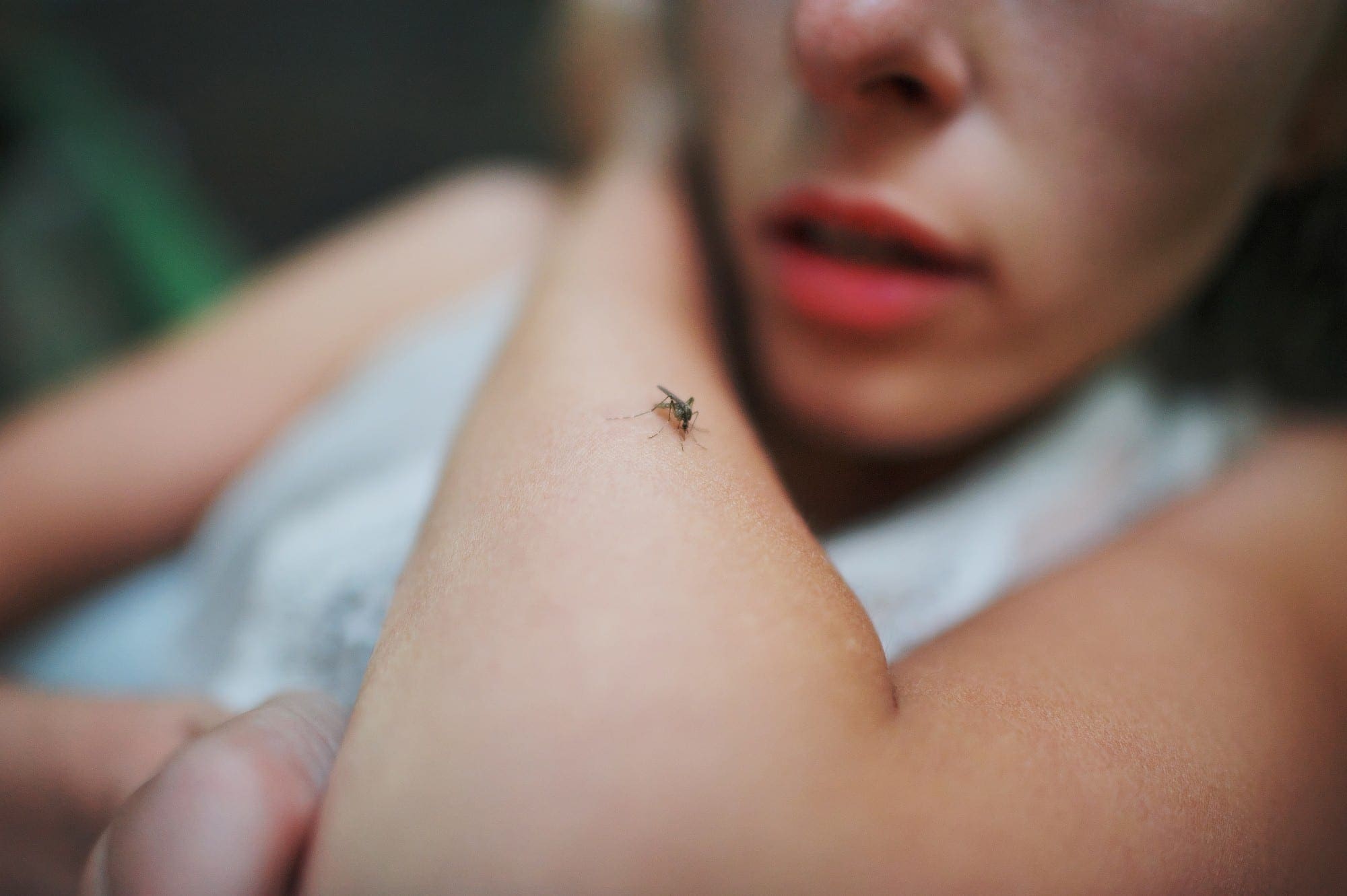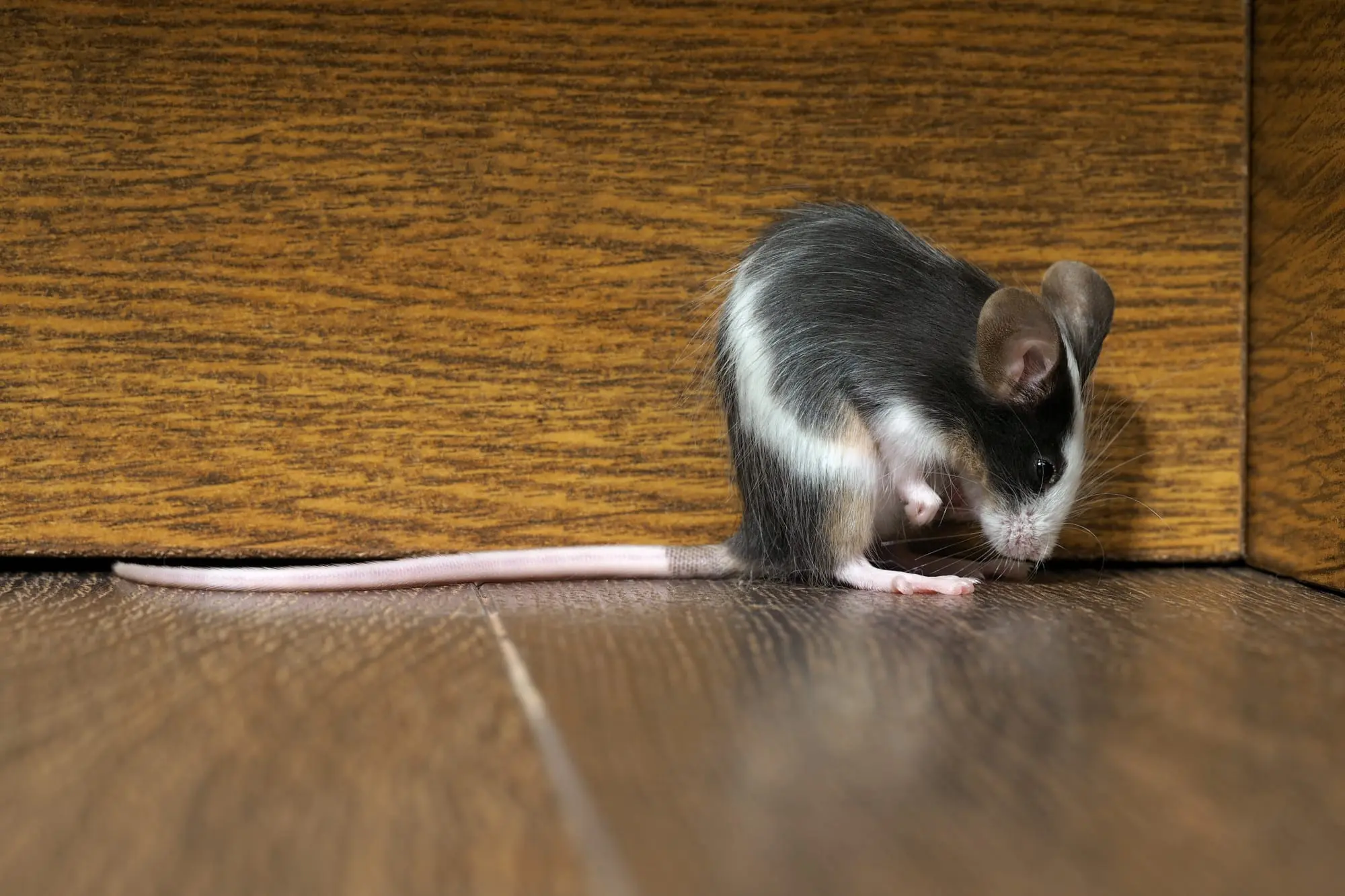Did you know that termites cause more than $2 billion in property damage every year, which is more than damage caused from both fires and windstorms combined? Termites are fatal to your home, from the support beams, walls, and floors, to any other wooden structure in your home.
Many different types of termites attack distinct kinds of wood and enter a building through different ways. The first step to eradicating or preventing termites is identifying what type of termites you have.
Here are some of the main differences between drywood vs subterranean termites. Knowing the differences can help you better understand how these unique insects attack so you can start protecting your home against them.
What Are Subterranean Termites?
Subterranean termites are by far the number one culprit of wood damage in North America, responsible for more than 95 percent of damage. This is mainly because their colonies can grow to one million strong and consume 15 pounds of wood per week.
As the name suggests, subterranean termites live in the ground., as they need an almost constant source of moisture to live. This type of termite has a black body and white wings.
Subterranean termites construct systems of tunnels that they can use to burrow into a home through a crawl space or other entry point. They only chew on the softest parts of the wood and usually in lined patterns. You may see remnants of mud or dirt that they’ve left behind in these spaces.
What Are Drywood Termites?
Drywood termites live above ground, in trees or wood. They do not need moisture like subterranean termites. They usually have red bodies with black wings.
Unlike subterranean termites (and other types, like dampwood) that like to build their nests in soft or decaying wood, drywood termites inhabit regular wooden structures. This is partly what makes them so dangerous, since the wood may look fine on the outside, but have an infestation on the inside.
Since drywood termites do not need contact with soil, they do not burrow into homes. They eat in erratic patterns and often leave droppings behind.
Termite Treatment
Since these two types of termites enter buildings through distinct routes and can infest different areas of a structure, they warrant specific treatment and prevention methods. These can range from reducing the amount of moisture in and around the building to physical barriers and biological control agents.
A reputable termite pest control company will be able to determine the best method for treating drywood vs subterranean termites in your home. They can tell you how to get rid of termites and keep them from coming back.
Learn More About Drywood vs Subterranean Termites
Now that you have an idea of the difference between drywood vs subterranean termites, you can determine the best course of action for your home. If you are still uncertain, a trained pest control technician can help you assess the threat and make a suitable plan of action.
At Chet’s Termite and Pest Management, we pride ourselves on customer service. We know if you are calling us, you have an issue that needs immediate attention.
We can tackle almost any pest infestation, including termites, and provide treatment regimens that can prevent them altogether. Call us today for a free quote or to set up an appointment.




